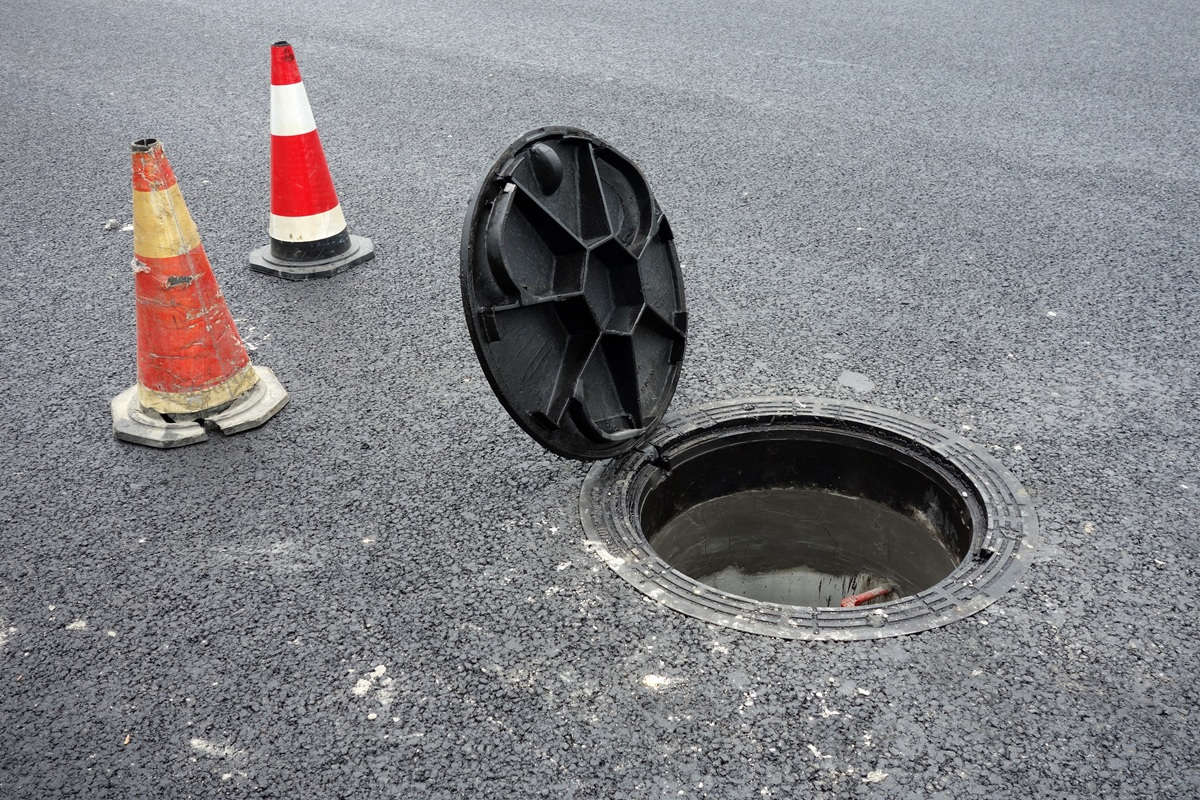NUCA Sits Down with Rep. John Delaney

The good news is there are some who do get it. I recently proposed the following questions to Rep. John Delaney (D-Md.) concerning his new and innovative legislation to finance and build American infrastructure. I believe you’ll see that he’s not only one of the few who gets it, but he is actively doing something about it.
Every American who turned on a faucet, commuted to work or watched a television today relied on an infrastructure that is deteriorating and becoming inadequate for the needs of our country. Yet, infrastructure is rarely the subject of debate or action in the Congress. Why is that?
There is broad consensus that investing in our infrastructure is essential, which is in part why my legislation has attracted so much bipartisan support. I have seen firsthand that my colleagues are trying to find a solution, but the challenge is rebuilding our infrastructure in a new fiscal era. We have to be fiscally responsible and our budgets have to reflect that discipline. That’s why the Partnership to Build America Act is so important: It creates a new financing tool without using federal taxpayer dollars.
As a freshman Congressman, you’ve sponsored legislation to improve America’s infrastructure. Of all the pressing issues and challenges of this country, why have you chosen infrastructure?
My top priority in office is making our country more competitive. As the former CEO of two NYSE companies, I saw that our global competitors were making smart investments in infrastructure that were giving their businesses an edge. Rebuilding and improving our infrastructure will create millions of jobs, allow our businesses to thrive and expand, and improve the quality of life for all of us.
What makes the Partnership to Build America Act different from other attempts to finance infrastructure projects?
The Partnership to Build America Act is taxpayer-friendly, designed to empower local governments and offers a broader financing menu than previous proposals. First, the Partnership to Build America Act doesn’t use appropriated funds, meaning there’s no cost to the taxpayer, no stress on the federal budget and no increase in the national debt. Second, under this bill, state and local governments would apply for financing, so the impetus would come from the local level, rather than the federal government. Third, projects dealing with transportation, energy, communications, water and education would be eligible. Our infrastructure deficit is so large that we need to address a broader base of projects.
How does the American Infrastructure Fund (AIF) become capitalized?
The fund will be capitalized by the sale of $50 billion in bonds purchased by U.S. corporations. In exchange for purchasing these bonds, they would be allowed to repatriate a certain amount of overseas earnings. There is an estimated $2 trillion in earnings overseas and many corporations are looking to bring some of it back — this creates a vehicle to do so in a way that guarantees direct reinvestment in our economy.
What will the Partnership to Build America Act cost taxpayers?
Nothing.
Who will benefit from the AIF and how will beneficiaries be chosen?
Infrastructure is so vital because it clearly benefits everyone. We need roads and bridges to travel to school and work and to distribute goods. We need better water systems for public safety and public health. We need improved ports and airports for global trade, etc. The AIF will be governed by a board that will evaluate the credit-worthiness of all proposals under a standardized process.
The idea of creating infrastructure funds is not a new one, but your legislation does take two important and innovative approaches. First, your legislation provides an innovative way to pay for the fund. Second, your legislation is also equally bipartisan. How do these differences alter both the path toward enactment and your optimism of your legislation becoming law?
My philosophy is that in a time of divided government, it doesn’t make sense to introduce legislation that isn’t bipartisan. We have Republicans and Democrats working with us on the bill, which has been endorsed by business groups, labor groups, industry representatives — the entire spectrum. Infrastructure has not been a partisan issue in the past and hopefully this bill provides a path forward for cooperation.
Rep. John Delaney was first elected to Congress in 2012 to represent Maryland’s 6th District, which spans from Washington, D.C.’s, northwest suburbs into western Maryland. As the former CEO of two publicly traded companies and the son of a union electrician, Delaney ran for Congress to restore our nation’s economic competitiveness.
The Partnership to Build America Act of 2013 (H.R. 2084) was Delaney’s second sponsored legislation and was introduced May 22, 2013. As of press time, the legislation has 33 cosponsors nearly evenly split between Republicans and Democrats.
Will Brown is NUCA’s Government Relations Manager.


